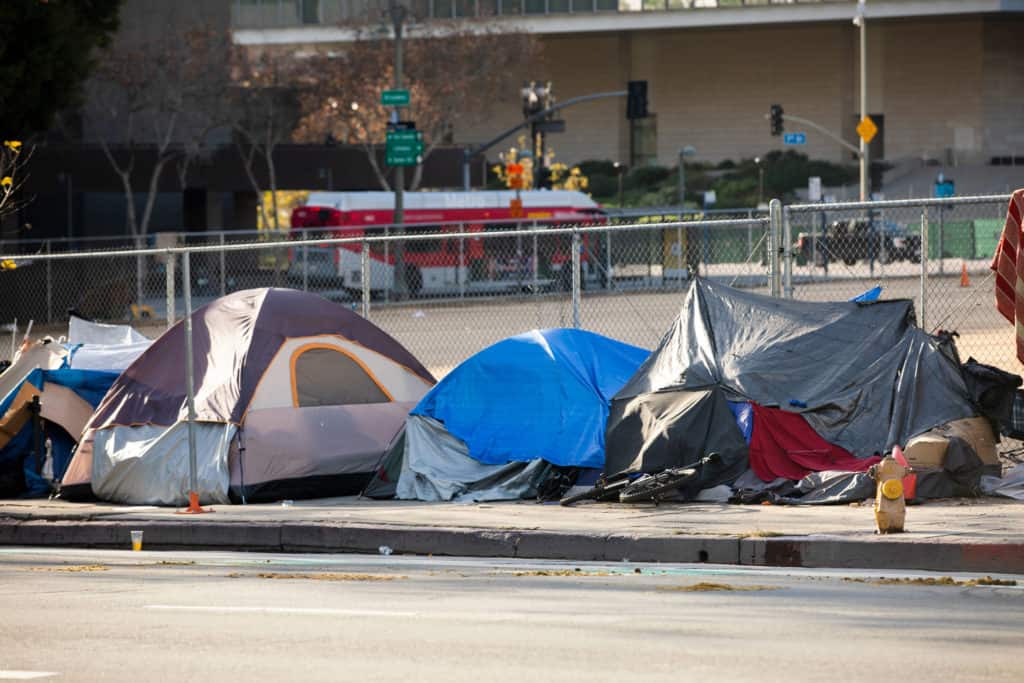Looking Through the Wrong End of the Telescope
You expect population growth and the impact that will have on traffic, services, employment opportunities and affordable housing. What we see on our Outreach missions is that despite all efforts to allocate funding and develop housing units and temporary shelters, homelessness is increasing faster than the response.
Maybe we’re starting in the wrong place if the outcome we want is to end homelessness.
Remember how dark things looked at the initial lockdown of the pandemic in March of 2020?
From our vantage point now, after the adoption of masks and available vaccines, we’ve accomplished a major change in public health by attacking the pandemic through focusing our efforts on prevention.
What if we adopted that kind of thinking to homelessness? Homelessness is the end of a process, not the beginning.
I started working on the streets of LA when I returned from the war in Vietnam. What have I seen since then? More of the same. Year after year. A score of politicians, various city governments, programs with promise that falter in delivering even a meaningful decline in homelessness. It’s past disheartening. It’s depressing.

Homelessness is the result of complex, competing causes including unemployment, underemployment, medical and mental health issues, lack of education and skills, substance abuse, hunger, and unhealed trauma from combat military and civilian injuries. Doubtless there are others I’ve not listed.
When we tackled the Covid-19 virus, we funded ways to draw upon the best brains to develop vaccines in record time. We mounted huge public information campaigns at the city, state and national level. We published the dire statistics of the ravages of the virus. We engaged everyone in the solution because we all had a stake.
What if we used that approach to address homelessness? We also all have a stake in that issue. I know because we keep having to “move the herd” from where they are too visible and unwanted to another place where they’ll eventually be too visible and unwanted. Our homeless communities move and grow. That’s the only change we’ve seen.
Over the years Los Angeles Times reporter Steve Lopez has repeatedly drawn attention to homelessness in this large urban area. More recently, he’s been actively searching for people who are looking for alternative solutions. Among them, a developer looking to repurpose a former retail distribution center as a community center to house homeless, while offering a path out of homelessness through education, training, health and wellness resources. The building has stood empty for some time. This could be an alternative to building individual housing units at soaring unit costs and extended completion dates.
To me, the most hopeful thing is that more people are taking a broader view of the problem: backing up and taking a longer view of the causes to focus on preventing homelessness in the first place. Without that key element of prevention, we’ll never be able to get ahead of the problem.
You can be a part of our mission to help Veterans by making a tax-deductible donation!
About the Author
SUBSCRIBE TO OUR BLOG AND NEWS!
By submitting this form, you are granting: NATIONAL VETERANS FOUNDATION INC permission to email you. You may unsubscribe via the link found at the bottom of every email. (See our Email Privacy Policy for details.)
Related Posts



